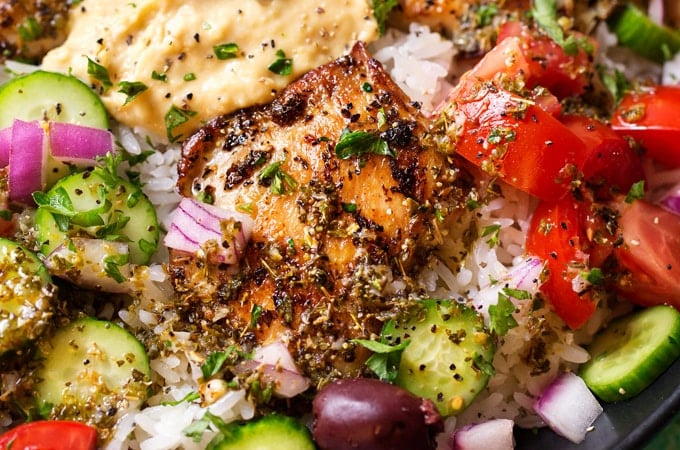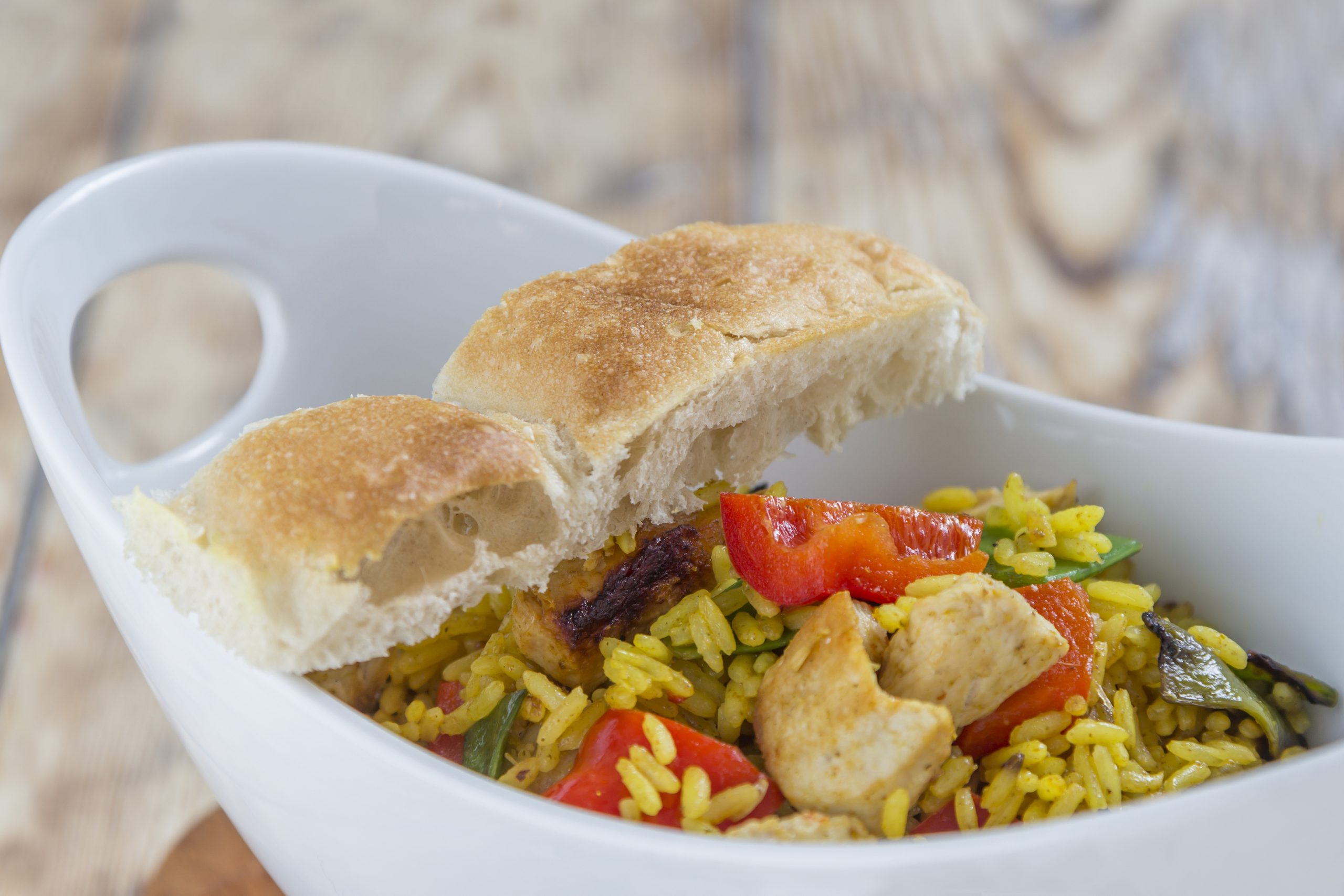knicks_fan87
Active member
These "bowls" have become super popular. I've seen them all over the place and from all different types of cuisine. They're super easy and really customizeable. This is just one way to do it 

 www.thechunkychef.com
www.thechunkychef.com

20 Minute Greek Chicken Rice Bowl
This rice bowl is packed with hearty grains, crisp vegetables and lean protein! The Greek marinade also doubles as a dressing, making it easy to make!



